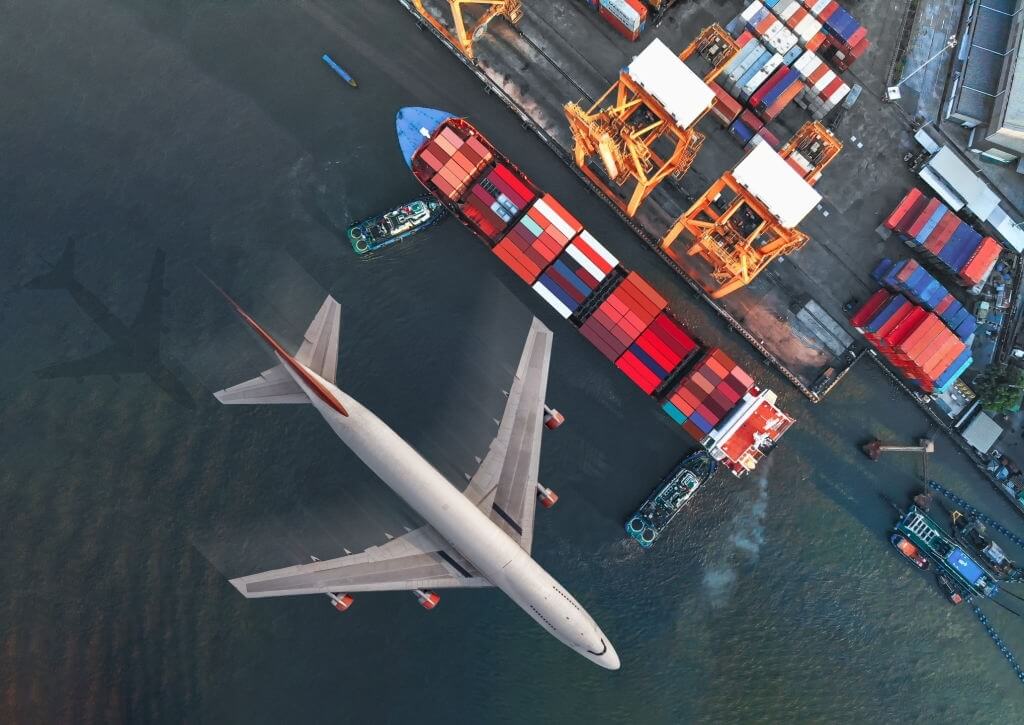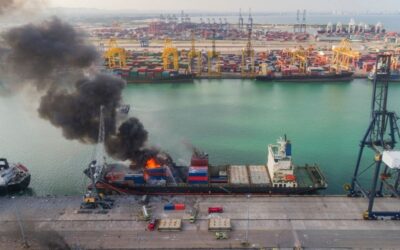What is Considered an Oversized Dimension in air freight
Table of Contents
Air Freight 101 | Air Freight Cargo Guide
Introduction:
Air shipments can be of different types and one may transport a single container or hundreds of them. These containers can have different sizes or can be oversized. Air cargo is used mostly for critical and valuable products. Producers and manufacturers use air shipments to get just in time products or to ship high demand products. The airlines may reject haul cargo that is poorly packed. The freight must be properly packed in a
- Box
- Crate
- On a pallet
Types of Planes to Transport a Shipment:
At the point when you transport by means of Air Freight, there are three sorts of planes for your shipment. Despite the fact that your freight forwarder will deal with picking the correct course, you’ll likely hear these terms tossed around, so you’ll need to be acquainted with them:
- Passenger airplane with travelers on the main deck and shipment on the lower deck.
- Cargo airplanes are utilized to deliver just the shipments with no passengers on board.
- Combi airplane joins the travelers and freight on the main deck of the airplane.
Whatever the case, here are some things you need to know about air shipment. First of all, as you pack your air cargo shipments, remember that both weight and volume matter for the cost determination. To keep your shipments financially savvy, utilize the littlest conceivable space of the box or the container.
There also exists a list of prohibited things. There are a number of items that can’t be transported by air. Different airlines have different requirements. Usually, the list includes all sorts of combustible, flammable, hazardous, chemicals, live animals, perishable items, etc.
Along with the list of prohibited things, there are also items that are considered oversized or heavy to be transported by air shipment.
Chargeable Weight:
The price of the air freight is determined on the basis of chargeable weight. Whatever is larger among the gross weight and volumetric weight is considered as the chargeable weight. As the weight and size increase so will the expenses.
Volumetric weight:
The volumetric weight is estimated against the gross weight and the greater of the two is utilized as chargeable weight. Volumetric weight can be calculated by multiplying length width and height. And then dividing the product by 600. The formula to figure it out is:
L*W*H/600
According to this formula 1m³ is equal to 166.7 volumetric kilogram. In case there is more than one container and the size of all the containers is the same then the volumetric weight is multiplied by the total number of the containers. If the packages are of different sizes then, the volumetric weight is evaluated for each package separately.
There are a number of websites that have calculators to evaluate the volumetric weight for you.
Dimensions are Important
A quote request has a cargo section where the dimensions of the freight can be entered. The correct dimensions determine if the cargo would be transported in a passenger plane or a cargo plane. Evaluation of the cost of shipment is mostly weight and dimension based. There are also limitations on the weight and size of the products that can be transported.
While submitting a request for a quote for an air shipment, it is mandatory to provide dimensions of the freight for getting accurate rates. The dimensions of the freight include
- The volume of the cargo L*W*H
- Its weight
- The number of cartons
Though the price to haul shipments usually differs with the route and the carrier, most of the times many shippers use the following dimensional weight formula to evaluate the cost
For Local Shipments:
Cubic Feet of Your Shipment x 8.9 = Dimensional Weight
For International Shipments:
Cubic Feet of Your Shipment x 10.4 = Dimensional Weight
Oversized and overweight shipments:
We all know that the oversized cargo can be frustrating not just because of the limited options but also the cost can be very high as compared to other means of transportation. A shipment is considered overweight if it is required to be loaded in a sixteen feet or a twenty feet pallet.
Main Deck Dimensions of Different Planes:
In case, the dimensions of the box or a carton are greater than the size of a Main Deck position of a cargo aircraft or passenger aircraft takes the space of another position. Main deck dimensions of some of the cargo planes is discussed below
B767-300: 88“ x 125″ or 224cm x 318cm.
A330-200F: 96″x 125″ or 244cm x 318cm
Unit Load Device
The cargo usually is transported in a container known as the Unit Load Device. ULD is a container that is utilized for luggage, freight and mail on narrow and wide body airplanes.
In case your shipment doesn’t fit in a ULD, it will be viewed as an oversized shipment. This sort of shipment can be costly and harder to dispatch.
Also Read : What Is Fuel Surcharge
Acceptable Measurements:
Each type of plane has different acceptable measurements of the dimensions. Below the maximum measurements of height, width and length for different types of planes have been discussed. The maximum pallet height for the passenger plane as well as for different freighters is described below
Passenger Planes
Passenger (PAX) : 61 inches or 155cm
Freighter Planes
33X Freighter : 94.5 inches or 240 cm
737 Freighter : 94.5 inches or 240 cm
777 Freighter : 96.1 /244 cm
747 Freighter : 118.1 inches or 300 cm
For standard air freight, the maximum cargo dimensions are
Length 96 inches
Width 125 inches
For a longer or a wider load, the packing may require to be done on special equipment. Furthermore, an oversized cargo may require special charter service. Furthermore, special charter services are often available for oversized freight.







